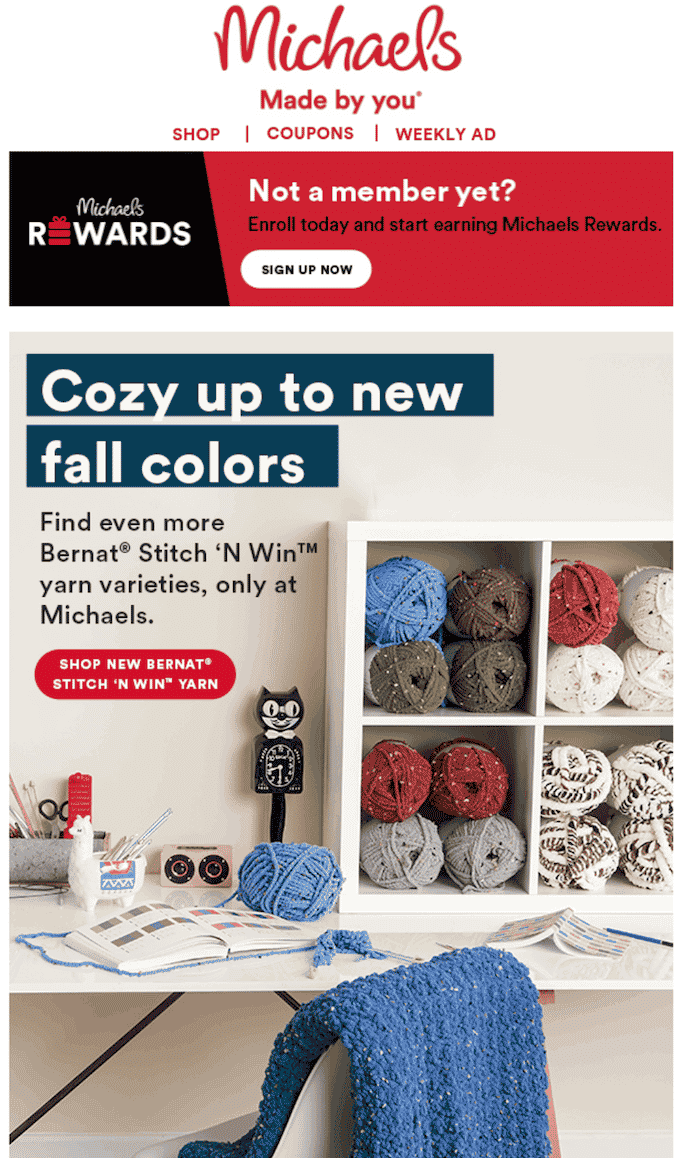Product & Customers
Meet the Modern Shopper Where They Are: Everywhere
October 25, 2021

For most modern shoppers, the path to purchase is actually an increasingly winding road. As more and more begin to look to mobile as their primary shopping tool, that journey involves even more twists and turns.
For example, an email subscriber might click on a well-placed CTA, add an item to their cart on a website, then be reminded of that abandoned cart via a special offer sent as an SMS message before finally taking advantage of a store’s click-and-collect program and ordering their first product.
However, these seemingly endless possibilities and communication paths are only effective if they’re working together in order to create a seamless, omnichannel customer experience for the buyer who’s gotten pretty used to mobile shopping during the pandemic and is planning on making those behaviors permanent going forward.
Modern shoppers expect to be met where they are — and SMS, in-app messages, and mobile push notifications are all tactics that mobile-first businesses are adopting early in order to build a sense of trust and community among mobile shoppers to make them lifelong shoppers.
Build modern shopper loyalty through behavior-driven experiences
In the coming year, brands will be tasked with communicating to customers across more channels than ever before. From traditional websites and mobile devices to smartwatches, speakers, and even connected vehicles. The multitude of options for connecting with brands is absolutely changing the way in which consumers shop. In fact, recent projections estimate that 73% of all ecommerce sales will take place via mobile by the end of this year!
With so many options for communication, many consumers will expect you to be available for cross-channel conversations at all times. For example, an email newsletter subscriber will also rely on push notifications or mobile messaging to stay up-to-date but might click through to the website to browse products and make purchases.
Ensuring audiences can easily opt-in to cross-channel customer experiences that also add value is one of the most forward-thinking ways to drive loyalty in 2022 and beyond. For example, when Michael’s wanted to build loyalty among its community of crafting enthusiasts, the brand opted for an omnichannel approach.

By simplifying the opt-in process with two-tap SMS and email signup, Michael’s not only was able to capture first-party data, but achieve list growth as well. The new approach enabled email subscribers to sign up for SMS alerts with ease, and also offered the benefit of personalized mobile alerts such as cart abandonment messages. To further incentivize new audiences while also encouraging loyalty, Michael’s even welcomed these new subscribers to the program with a 25% discount sent via mobile messaging.
Plan for flexibility
Over the last few years, most brick-and-mortar retailers have learned to expect the unexpected due to stay-at-home orders, ever-changing restrictions, and customers who are simply wary about spending too much time outside their homes. However, these changes also came with an unexpected silver lining: many retailers adapted by improving their customer experience — adding an unprecedented level of service aimed at simplifying the shopping experience.
And that includes satisfying customers with the widespread popularity of new fulfillment alternatives like click-and-collect or Buy Online, Pickup In-Store (BOPIS) options.
In fact, eMarketer predicts that in the coming year only 10% of orders will be picked up in-store. The most successful retail brands moving forward will be the ones that excel at offering customers easy, enticing products and messages to stay in constant contact throughout the entire experience.
Prioritize trust and transparency over sales
Today, many shoppers rely on your brand for information more than ever before. Amid confusion over safety precautions and store closures, consumers are looking to trusted businesses for transparency around the measures they’re taking to protect both employees and customers. Which is why 53% of consumers feel that it’s very important for the brands they shopped to have a strategy in place for social distancing and adhering to CDC-recommended guidelines.
That said, these feelings are not likely to change even as more and more states ease their pandemic restrictions. Retailers should anticipate constantly changing safety protocols as this year progresses — and make it a priority to reach out to customers as quickly as possible whenever conditions change.
The State of Brand Loyalty in the U.S. in 2023
Related



